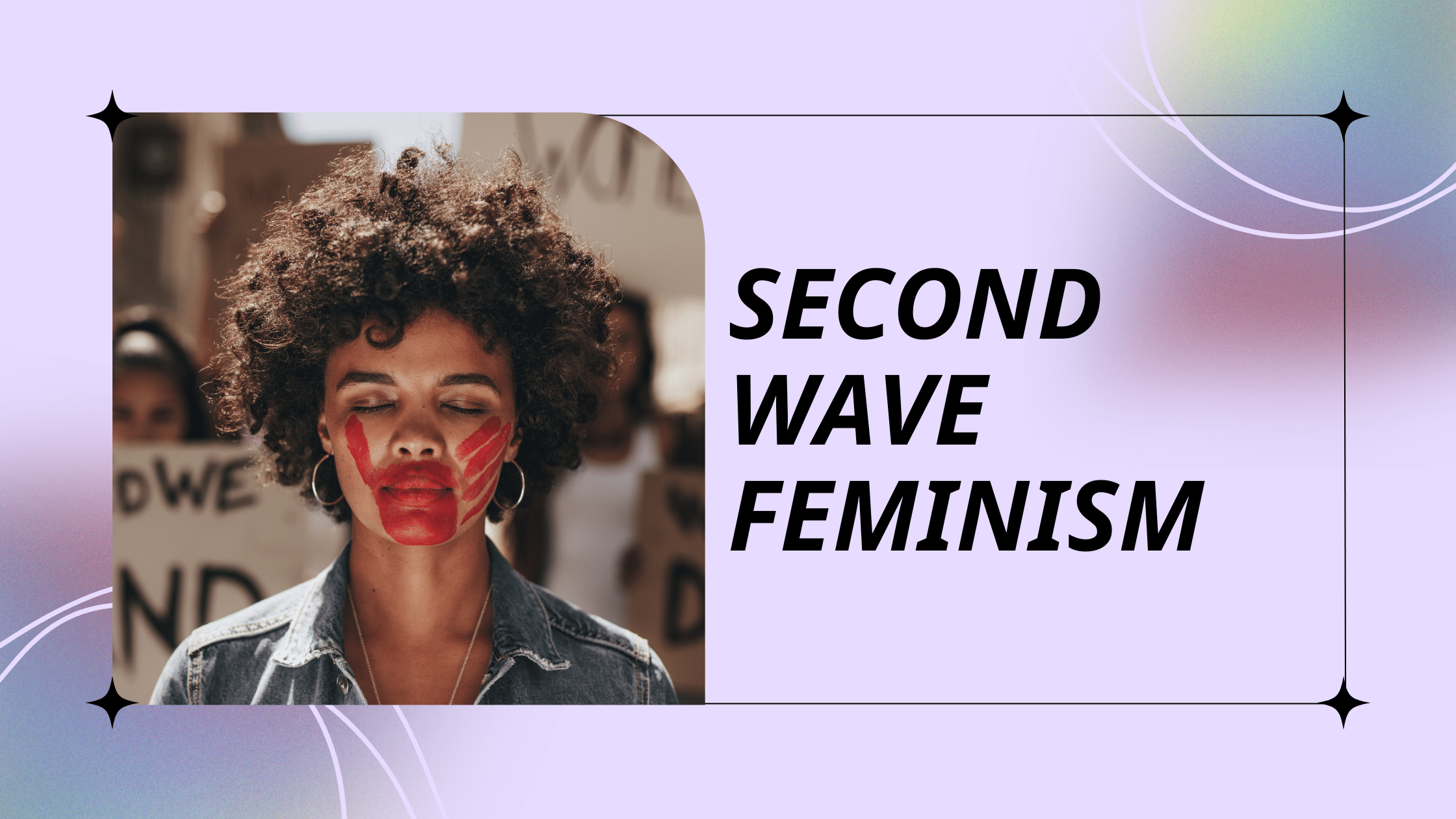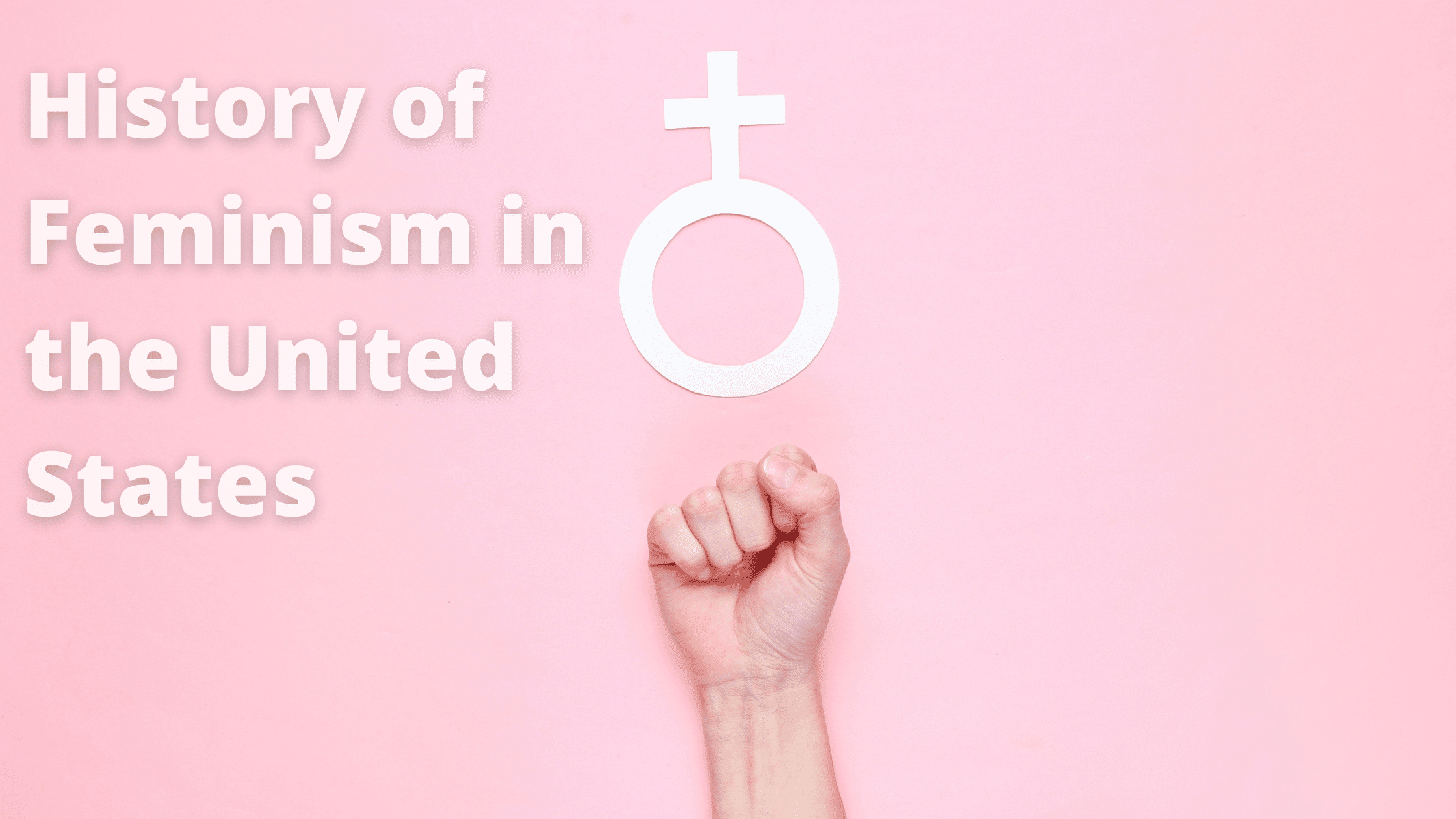Third Wave Feminism
Third-wave feminism began in America in the early 1990s. While it still grapples with many of the same unresolved issues as its predecessors, it has taken on many new issues as well. A primary motivator for activism in third-wave feminism has been the cause of eliminating harassment and violence against women.
The 1991 case of Anita Hill spurred feminism’s third wave. Ms. Hill accused Supreme Court nominee Clarence Thomas of sexual harassment. Throughout the case, she was further harassed by the media, and many in the general public, who did not believe her. Thomas, for his part, denied all of the allegations of wrongdoing.
Anita Hill’s allegations were heard on the United States Senate floor. Yet, even after hearing all of her testimony, the senators voted to dismiss her charges against Thomas, who was subsequently given a seat on the Supreme Court. Nevertheless, the case set off nationwide shockwaves, dividing the nation and spurring conversation around the subject of sexual harassment and assault.
Many women came forward to tell their own stories of assault in hopes of creating change through solidarity. For example, Rebecca Walker, a famed American feminist writer, wrote an article for Ms. Magazine that first coined “third wave” feminism. She also worked with Shannon Less to form the multiracial organization, Third Wave Direct Action Corporation in 1992.

Get Smarter on US News, History, and the Constitution
Join the thousands of fellow patriots who rely on our 5-minute newsletter to stay informed on the key events and trends that shaped our nation's past and continue to shape its present.
Intersectional Feminism
Another one of the core issues for third-wave feminists was the concept of intersectionalism. To this point in history, feminists had been predominantly white and often from upper or middle-class backgrounds. As a result, women of color were not prominently included in many conversations. Many third-wave feminists sought to change this dynamic, questioning how their feminism benefitted all women and not just a select portion of the population.
Indeed, black women being left out of the conversation had been a subject since the beginning of the movement. For example, early black women’s rights activist Sojourner Truth famously spoke to other women at the Ohio Women’s Rights Convention, saying, “And ain’t I a woman?” and listing the many grievances that had befallen her as a black female.
Third-wave feminists began to examine the roles of media and language in forming identity more closely and how re-thinking the way we portray things can change people’s conceptions of them. Thus, a new language was born to express sexual identity, race, and personhood ideas.
The Riot Grrrl Movement
An offshoot of third-wave feminism, the riot grrrl movement began in the early 90s. It started on both coasts – in Washington, DC and Olympia, Washington – but quickly spread nationwide. The movement gave voice to feminist ideas through art, music, and activism and did not shy away from anger and loud antics.
Riot grrrls and other third-wave feminists were also beginning to point out how “rape culture” shapes the public’s perception and treatment of women. Rape culture refers to the prevailing culture’s attitudes – common sayings, understandings and norms, entertainment tropes, and more – than act to trivialize the idea and occurrence of sexual harassment and assault.
The advent of the internet exposed a younger audience to new ideas connected to feminism. In addition, the ease with which people could meet, discuss ideas, and organize led to a growing feminist movement that included young women and men.
Third-wave feminism is not focused on any one idea of femaleness. Instead, it is open to women being whatever they would like to be.










